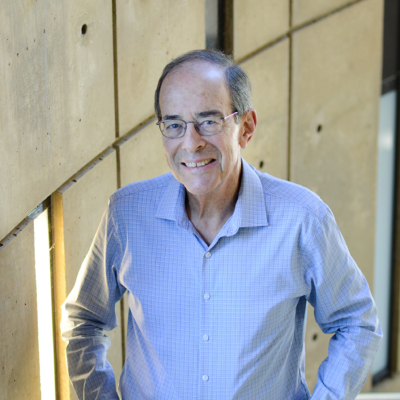Nowhere Left To Hide? The Banishment Of Smoking From Public Spaces
Summary
A comment by Professor Robert Rabin is used in this New England Journal of Medicine article on smoking bans in New York City, and how far society can go in reducing individual autonomy, including what can be perceived as self-destructive behavior.
On May 23, smoking in any New York City park, beach, or pedestrian mall — from Van Cortlandt Park in the Bronx to Brighton Beach in Brooklyn — became illegal. The city council passed the ban last fall by a vote of 36 to 12, rejecting a compromise proposal that small areas remain available to people who wanted to smoke. “I think in the future,” the city’s health commissioner, Thomas Farley, said at a public hearing, “we will look back on this time and say `How could we have ever tolerated smoking in a park?’”1
New York City has often been a bellwether for the passage of public health laws, and there was symbolic significance in the fact that such iconic public spaces as Central Park and the pedestrian plazas of Times Square would be closed to smoking. Yet though the city’s action may prove influential, it was not radical. According to the American Nonsmokers’ Rights Foundation, more than 500 municipalities in the United States have passed some type of law banning smoking in outdoor recreation areas (see table). Such laws have been enacted in 43 states, most of them during the past 10 years.
…
In the absence of direct health risks to others, bans on smoking in parks and beaches raise questions about the acceptable limits for government to impose on conduct. In 2008, legal scholar Robert Rabin, the former program director for the Robert Wood Johnson Foundation’s Tobacco Policy Research and Evaluation Program, commented, “We should not lose perspective on the question of how restrictive a society we want to create — that is, how far we want to go in reducing individual autonomy, including what can be perceived as self-destructive behavior.”5 This question should be central as we pursue the critically important goal of reducing rates of smoking.
Read More
